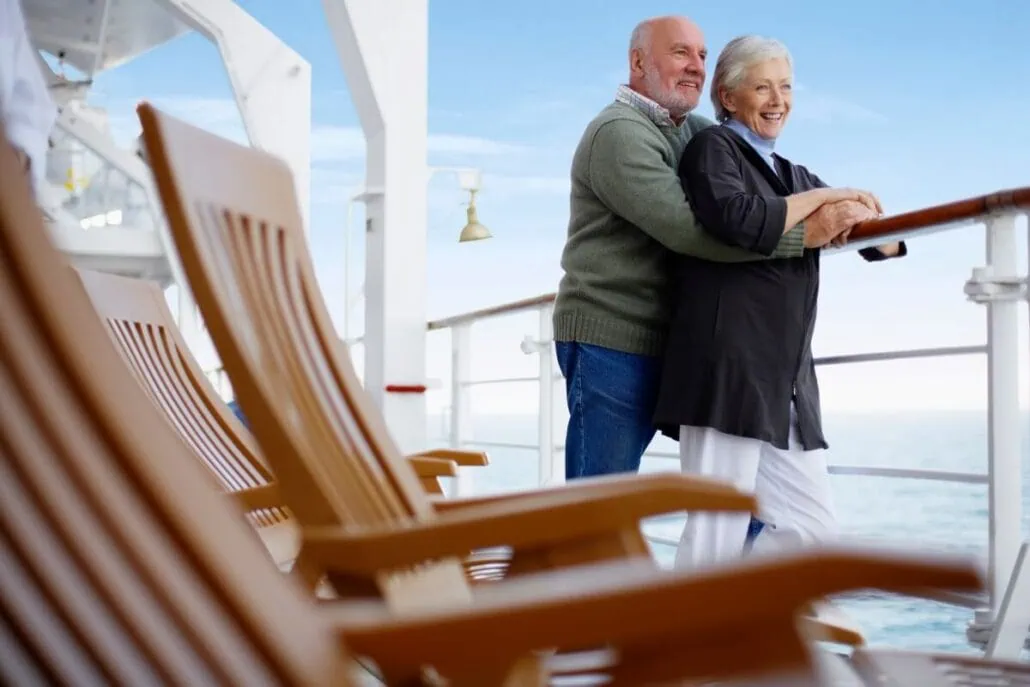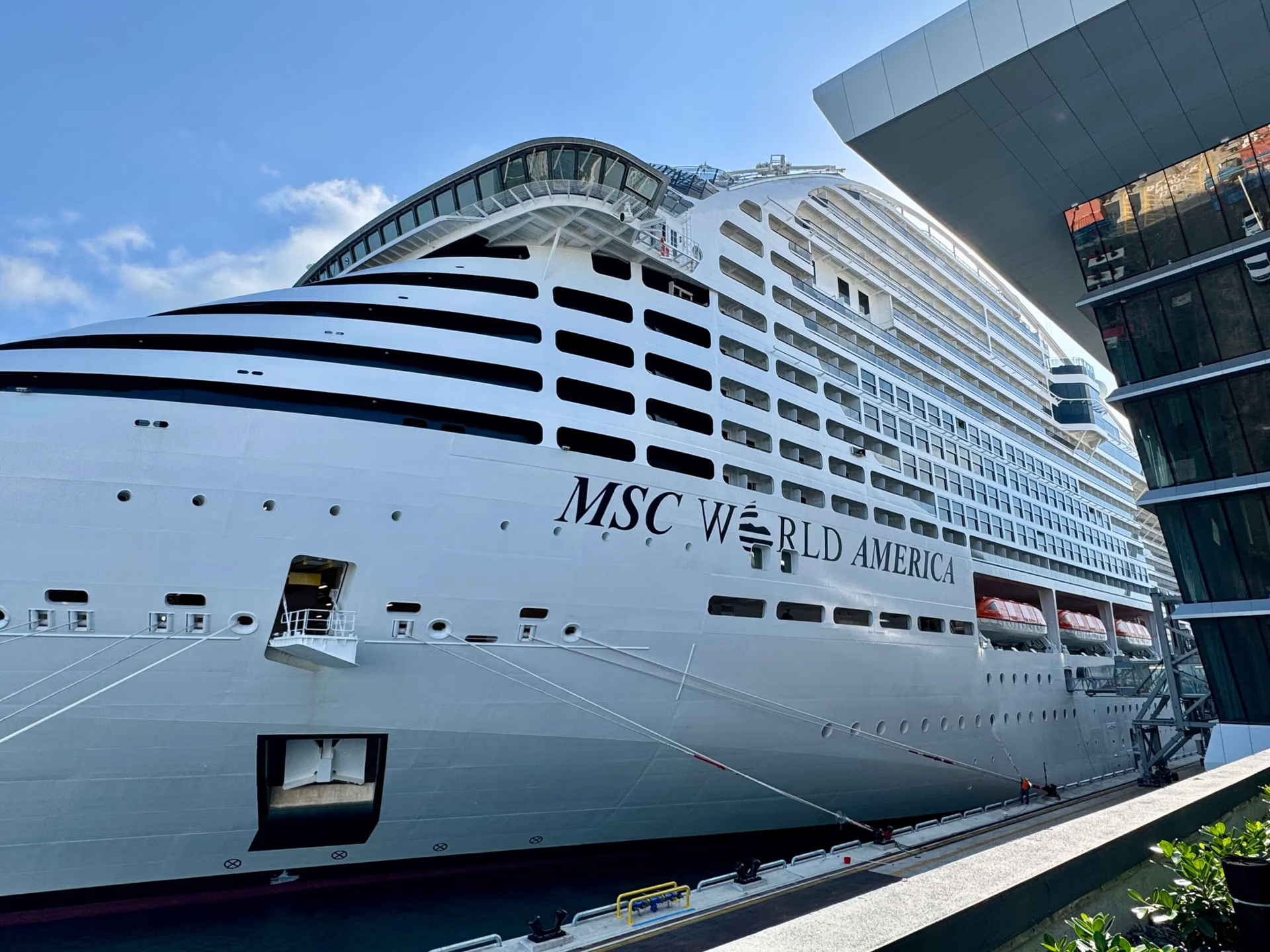For most seniors, retirement means settling into a quiet routine in a familiar setting. But for Lee Wachtstetter, retirement is anything but ordinary.
Instead of moving into a nursing home or a retirement community, the 95-year-old American sold her home and chose to live full-time on a cruise ship, making the ocean her permanent residence.
From Vacationer to Full-Time Cruiser

Lee’s love affair with cruising started decades ago. During her 50-year marriage, she and her husband, a banker, took 89 cruises together. When he passed away in 1997, his final request was simple: “Don’t stop cruising.”
She took that advice to heart, completing over 100 cruises, including 15 world voyages. Eventually, she decided to go all in—selling her Fort Lauderdale home and transitioning to full-time cruise retirement aboard the Crystal Serenity.
Daily Life on the Crystal Serenity

For the past decade, Lee has embraced a lifestyle that most only dream of. The Crystal Serenity, a smaller luxury vessel accommodating 1,070 passengers, provides world-class amenities, fine dining, entertainment, and a built-in social circle.
Affectionately called “Mama Lee” by the crew, she has formed strong bonds with staff and fellow passengers, proving that long-term cruise living can be as much about community as adventure.
Her days are filled with activities, from ballroom dancing and live music performances to educational lectures and spa treatments. Unlike traditional retirement homes, her surroundings constantly change—one day she’s enjoying Mediterranean sunsets, and the next, she’s docking in an exotic port.
Is Retiring on a Cruise Ship a Smart Move?

The lifestyle offers clear perks for seniors considering full-time cruise living but also comes with challenges.
Advantages of Long-Term Cruising
- Traveling the world without the hassle of booking trips
- All-inclusive living with meals, housekeeping, and entertainment
- Medical services onboard for routine health needs
- Built-in social life with crew and fellow cruisers
- No property maintenance or home-related responsibilities
Challenges of Living at Sea
- High cost—Lee’s expenses are estimated at $150,000+ per year
- Limited personal space compared to traditional housing
- Distance from family—she relies on video calls to stay in touch
- Healthcare limitations—major medical issues may require disembarking
- Visa restrictions—long-term stays in certain regions may be complex
While $150,000 per year seems expensive, it’s worth noting that high-end assisted living facilities in the U.S. can cost $60,000–$100,000 annually. The added adventure and independence make the expense worthwhile for Lee.
A Growing Trend Among Seniors

Lee’s story is inspiring, but she’s not alone. Many retirees are choosing long-term cruising as an alternative to traditional retirement homes.
Some cruise lines, such as Holland America and Cunard, cater to older travelers, offering longer itineraries and enrichment programs suited for retirees.
Some cruise lines offer long-term or permanent residency options, allowing passengers to book back-to-back voyages or purchase onboard apartments. This trend reflects a shift in how seniors are redefining retirement—prioritizing adventure, cultural immersion, and community over a sedentary lifestyle.
A Retirement Like No Other

As Lee continues her journey across the globe, she remains a symbol of embracing life’s possibilities at any age.
Her decision to trade a traditional retirement for a life at sea proves that the golden years can be filled with excitement, new friendships, and unforgettable experiences.






